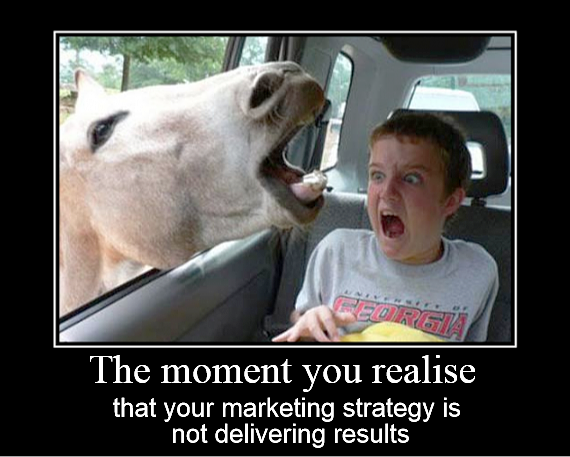 Online marketing experts seem to love unicorns – some even claim to have found their secret grazing spots, which are usually located in direct vicinity of rainbows. It’s not unusual to read about unicorn marketing strategies, unicorn blog posts and other tactics related to these fabled beasts.
Online marketing experts seem to love unicorns – some even claim to have found their secret grazing spots, which are usually located in direct vicinity of rainbows. It’s not unusual to read about unicorn marketing strategies, unicorn blog posts and other tactics related to these fabled beasts.
When marketing people talk about unicorns, it doesn’t mean they’re under the influence of a special potion. In most cases we refer to methods or content that perform head and shoulders above anything else that we’ve ever produced. For example, making a blog post go viral would classify it as a unicorn blog post. The WordStream guys are a bit obsessed with unicorns, too. They’ve created an infographic trying to figure out the difference between great online marketing strategies and ones that just don’t deliver any results. Here's a summary of their thinking:
- Improve organic click-through rates (CTR). This is great low-hanging fruit. In some cases you can even double your organic traffic without ever climbing a single ranking position. Use Google Search Console to identify keywords with low CTR and improve it by writing super-engaging titles and meta descriptions.
- Improve ad CTRs. If you’re spending money on Adwords or other PPC platforms, aim to increase your ad engagement. Ads with higher engagement rates enjoy lower cost per click and higher CTR. You’re essentially getting more visits at a lower cost.
- The classic conversion rate optimisation methods are overrated. A/B testing needs to be very granular (and time-consuming) and is not even guaranteed to return solid data. According to WordStream, the best ways to improve conversions are brand recognition and making an offer that can’t be resisted.
- Forget about remarketing. Give way to super remarketing. It’s a combination of the old-school remarketing methods boosted by interest targeting, demographic data, behavioural information and offering high-engagement content.
- Improve how you operate your remarketing lists for search ads (RLSA). You can reduce the cost of RLSA activities by using social ads to bias visitors toward your brand.
- Hack the Facebook organic reach algorithm. Treat your organic posts like ads and use audience targeting to bring the price down. Also remember that videos and large images have a higher engagement rates than text posts.
- Outsmart your competitors by targeting people who follow them on Twitter and other social media channels. Also use your competitor’s brand-based keywords in your Gmail ad campaigns.
- Fake it till you make it. Even if you are a small brand, you can build brand awareness by targeting ads at specific companies and writing unicorn guest posts.
- Twitter lead generation works unless you fall into the Twitter Lead Generation Cards trap or use automatic bidding. Use highly-engaged content and bid manually by laser-targeting your audiences.
- Now that we’re done with the Google Panda scare, we can all go back to normal and syndicate content. Republish your best articles on Medium, LinkedIn Pulse and other syndication platforms.
And now for the fun part, let’s have a look at the unicorn infographic:


